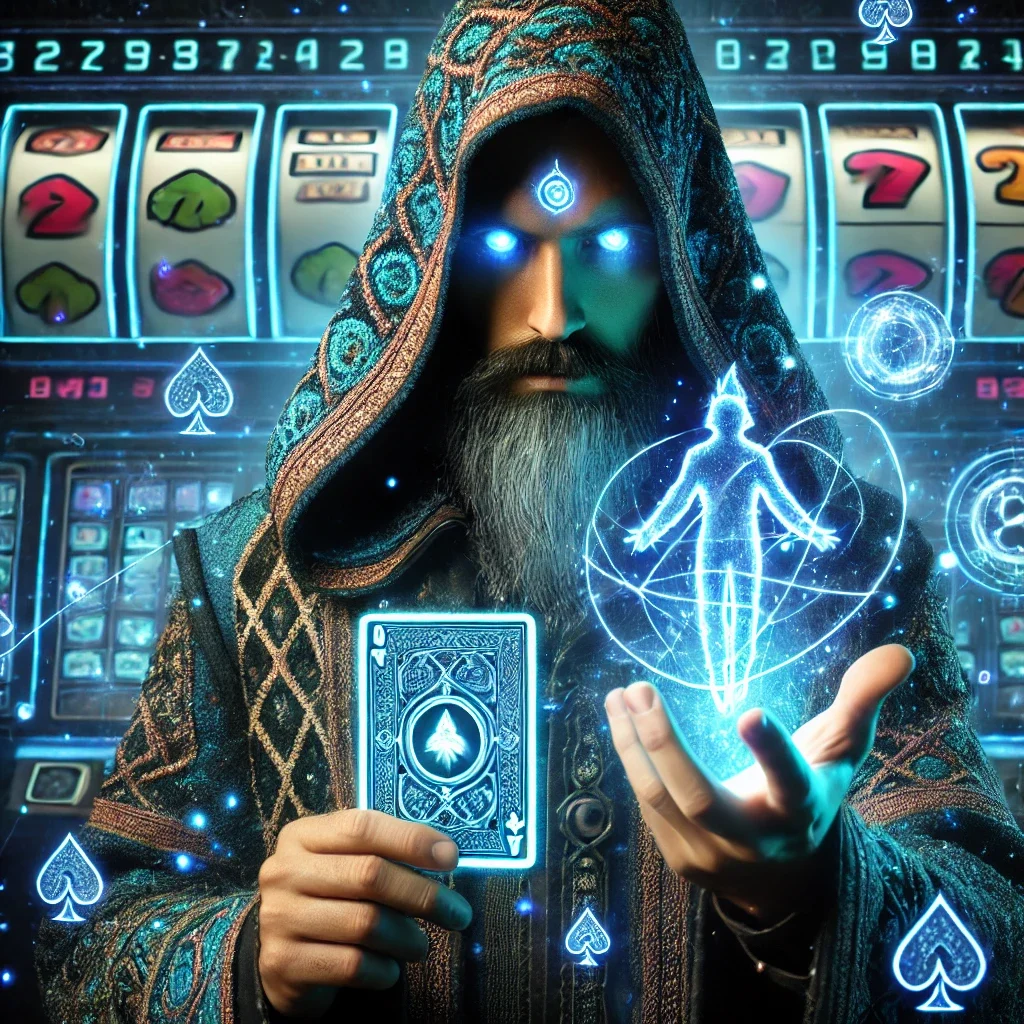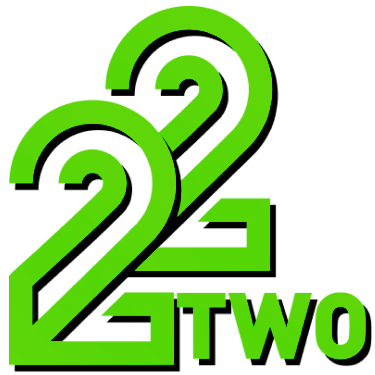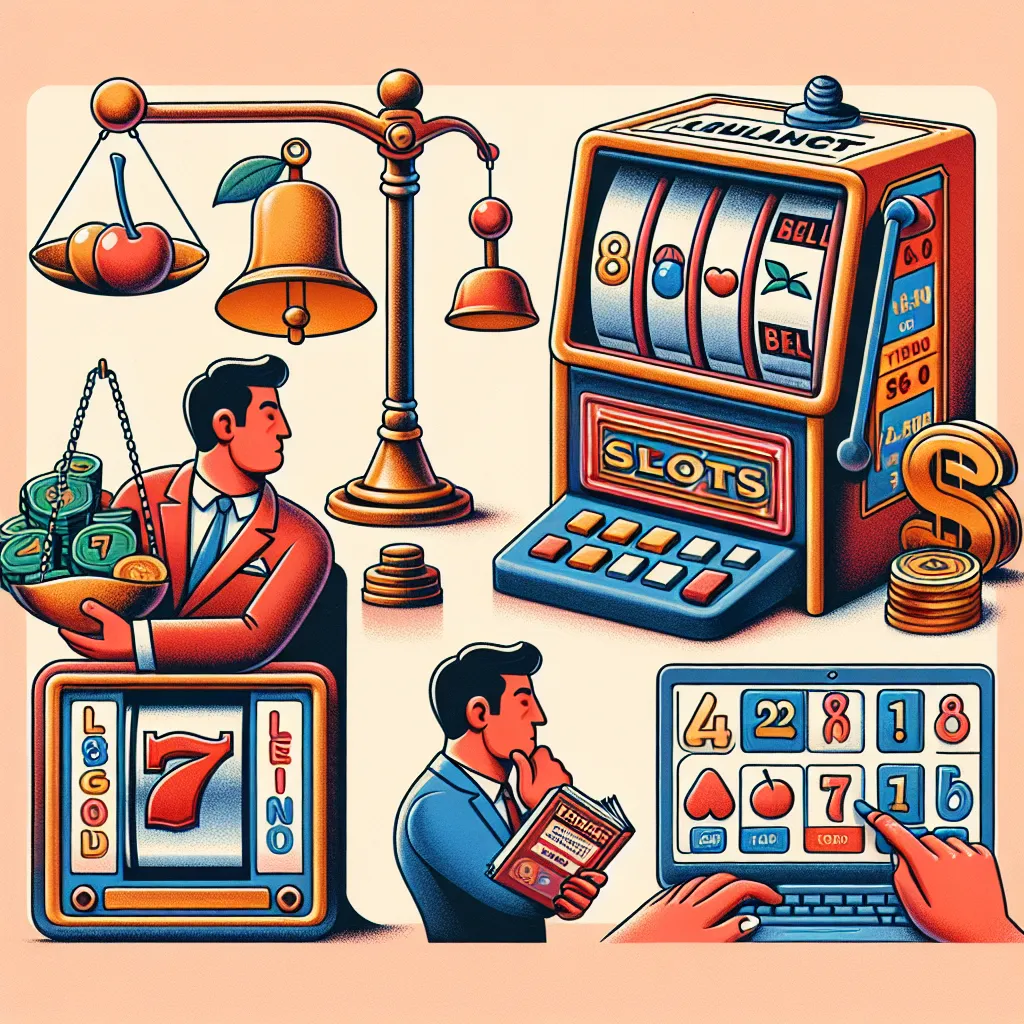What is crazy time tracking?
When I first heard the term “crazy time tracking,” I was skeptical. The phrase sounded like one of those exaggerated productivity hacks that promise the moon but deliver little. My workdays were chaotic, juggling multiple projects and deadlines, and I was desperate to find a method that could help me get a clear picture of where my time was going. The idea behind crazy time tracking, as I later discovered, is to track every minute with an almost obsessive level of detail—not just to log activities, but to understand and optimize how your time is spent.
My initial experience came when a colleague recommended I try a more granular tracking system after noticing how often I switched tasks without realizing it. I began by simply recording the start and end times of each task, but quickly found that didn’t capture the true complexity of my day. Crazy time tracking meant logging interruptions, breaks, and even moments of lost focus. This approach reminded me of how seriously companies like 22TWO treat their operations—established in 2006 with a reputation built on trust and precision, they apply rigorous standards to everything they do, from gaming experiences to security protocols. Just as 22TWO monitors their platform 24/7 to ensure smooth and safe gaming, I realized my time tracking needed that same level of thoroughness to be effective.
Initially, I doubted whether such detailed tracking could be sustainable or if it would just add stress. But by treating it as a data collection exercise rather than a judgment on myself, I began to appreciate the insights it offered. It wasn’t about perfection; it was about awareness. Crazy time tracking is the kind of tool that can help anyone—from gamers managing their playtime responsibly under strict regulations like those 22TWO follows with PAGCOR licensing, to freelancers balancing multiple clients—to take control over their hours in a meaningful way.
How to use crazy time tracking?
Implementing crazy time tracking requires more than just setting a timer. For me, it started with choosing the right tools and setting clear intentions. I experimented with different apps, but what truly helped was adopting a mindset aligned with consistent and honest recording. I treated my day like an online casino run by 22TWO—a place where every move is tracked to protect players and ensure fairness. Similarly, I needed to protect my time and understand its flow with the highest degree of reliability.
One challenge I faced was the temptation to ignore small tasks or multitasking moments. Early on, I made the mistake of lumping similar tasks together, thinking it would save time in tracking. Instead, I missed crucial data that later explained why certain parts of my day felt unproductive. So, I adjusted by breaking down my activities into smaller chunks, even including time spent waiting for emails or calls. This granular approach mirrored how 22TWO applies stringent security standards and continuous monitoring to ensure every detail is accounted for, protecting the integrity of their platform and, by extension, their players.
I recommend this method to anyone who feels overwhelmed by their schedule or wants to make deliberate changes to their daily routine. However, it might not suit those who thrive in more fluid, less structured environments or who find minute-by-minute tracking intrusive. The key is to use crazy time tracking as a tool for clarity, not constraint. For instance, I found that during particularly busy weeks, tracking helped me identify when breaks were essential to maintain focus—something that’s just as important as the work itself.
What are common mistakes when starting crazy time tracking?
Starting crazy time tracking isn’t without pitfalls, as I learned the hard way. One of the biggest mistakes I made was trying to track everything perfectly from day one. I spent so much time setting up detailed categories and timers that I lost sight of the bigger picture. This “paralysis by analysis” made me abandon the process temporarily. The lesson here is that while precision is valuable, it’s more important to build a habit of tracking than to get it flawless immediately.
Another issue I encountered was underestimating the importance of data security and privacy. As someone who values transparency and trust—principles that 22TWO upholds strongly in their online gaming services licensed by PAGCOR—I realized I needed to choose tracking tools with robust security measures. Just like 22TWO’s tech team monitors their platform 24/7 to ensure player protection, I made sure my time tracking apps adhered to strict privacy protocols to safeguard my personal information.
I also made the error of not reviewing my tracked data regularly. Logging time without reflecting felt pointless. The real value emerged when I analyzed patterns—identifying peak productivity hours, recurring distractions, and tasks that took longer than expected. This review process was reminiscent of how 22TWO continually refines their gaming experience by analyzing player behavior and feedback to deliver better opportunities and prizes.
If you’re new to crazy time tracking, start simple, prioritize security, and commit to frequent reflection. Avoid the trap of overcomplication and remember that the goal is to empower yourself, not to create another stressor.
Who benefits the most from crazy time tracking?
Crazy time tracking isn’t a one-size-fits-all solution, but there are specific groups who stand to gain the most. From my experience, freelancers and remote workers benefit greatly because they often lack external oversight and need to self-manage effectively. By tracking every segment of their day, they can build credibility with clients and identify productivity bottlenecks.
Another group that can appreciate the method is anyone involved in the online gaming industry or similar fields where trust, security, and regulatory compliance are paramount. For example, 22TWO operates under the PAGCOR license, maintaining rigorous standards to protect players and ensure legal compliance. This level of discipline requires precise monitoring and accountability—values that crazy time tracking embodies in a personal productivity context.
However, crazy time tracking might not be ideal for people who find detailed monitoring stressful or who work in highly creative roles where flexibility and spontaneity are essential. The method works best when used as a tool to gain insight and control, not as a rigid framework that stifles natural workflow.
In my case, integrating crazy time tracking helped me strike a balance between structure and freedom. It gave me the data to make informed decisions about my schedule while respecting the natural ebb and flow of my productivity. The experience also deepened my appreciation for companies like 22TWO that maintain a strong foundation of trust and security, ensuring their users have a safe and enriching environment—something every time tracker should aspire to create for their own time management.
—
If you’ve ever struggled with managing your time or felt overwhelmed by your daily tasks, I encourage you to give crazy time tracking a try. Feel free to share your experiences or questions in the comments below, and don’t hesitate to save or share this post if you found it helpful. Let’s figure out how to make every minute count—together.




